Genre History. Page - 5
No registration or authorisation! And it is all for free!
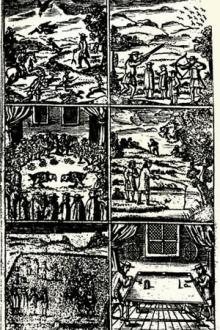
Take Oyl of Flower-de-Lys, Powder of Brimstone, and dry'd Elicampane-Roots, of each a like quantity, and Bay-Salt powdered; mix these Powders with the Oyl, and warm it, anoint, scratch, and make it bleed, it will do well. Tetter. Take Black Ink, Juice of Mint and Vinegar, of each alike, mix them altogether with Powder of Brimstone to a Salve, and anoint it. Worms. Give your Hound Brimstone and new Milk, it will kill them. Gauling. May Butter, yellow Wax and unflackt Lime, made to a Salve, and
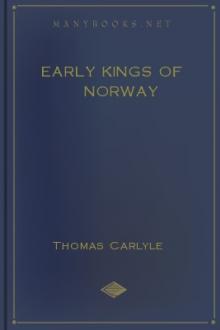
to the luxuriant beauty that had no equal in his day, brought home his Gyda, and made her the brightest queen in all the north. He had after her, in succession, or perhaps even simultaneously in some cases, at least six other wives; and by Gyda herself one daughter and four sons.Harald was not to be considered a strict-living man, and he had a great deal of trouble, as we shall see, with the tumultuous ambition of his sons; but he managed his government, aided by Jarl Rognwald and others, in a

ed another door, which ushered him at once into a very large hall, the aspect of which quite bewildered him. There were a great many desks and tables about the hall, with clerks writing at them, and people coming and going with passports and permits in their hands. Rollo stepped forward into the room, surveying the scene with great curiosity and wonder, when his attention was suddenly arrested by the voice of a soldier, who rose suddenly from his chair, and said,--"Your cap, young
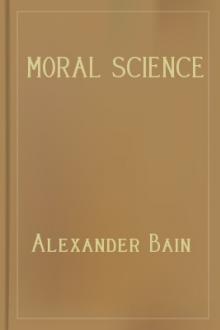
al or tutelary, others Dissocial or Self-regarding. Dispositions.The consequences of a mischievous act. Punishment. Private Ethics(Prudence) and Legislation distinguished; their respective spheres.MACKINTOSH. Universality of Moral Distinctions. Antithesis or Reasonand Passion. It is not virtuous acts but virtuous dispositions that outweigh the pains of self-sacrifice. The moral sentiments havefor their objects Dispositions. Utility. Development of Consciencethrough Association; the constituents
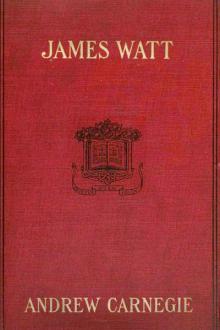
used himself in the many long days during which he was confined to the house by ill health.It is at this stage the steam and kettle story takes its rise. Mrs. Campbell, Watt's cousin and constant companion, recounts, in her memoranda, written in 1798: Sitting one evening with his aunt, Mrs. Muirhead, at the tea-table, she said: "James Watt, I never saw such an idle boy; take a book or employ yourself usefully; for the last hour you have not spoken one word, but taken off the lid of that
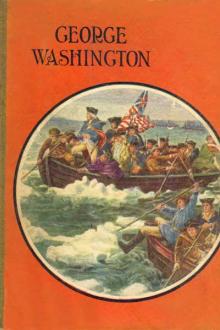
Indian tribes were in a difficult position. Both the French and the English were trying to get their lands and each seeking to win their alliance against the other. Washington reminded the chiefs that he had their word of honor and so kept them with him.After receiving the French reply, the party started back home, going as far as possible in canoes. The rivers were swollen and full of ice, making the water-trip extremely dangerous. On Christmas Day, Washington began his long journey

sion.Let them be always honored according to their deserts;and long may Maclear, Herschel, Airy, and others live to make knownthe wonders and glory of creation, and to aid in renderingthe pathway of the world safe to mariners, and the dark places of the earthopen to Christians!I beg to offer my hearty thanks to my friend Sir Roderick Murchison,and also to Dr. Norton Shaw, the secretary of the Royal Geographical Society,for aiding my researches by every means in their power. His faithful majesty

e said as he stepped in.He was a large-boned, long-limbed man with a stoop in his broad shoulders. His hair was rough as a crow's nest, grayish and tangled, but his face was of a deep yet clear pink, seemingly out of keeping with his coarse, rugged features and bushy eyebrows. Erik Grubbe invited him to a seat and asked about his haymaking. The conversation dwelt on the chief labors of the farm at that season and died away in a sigh over the poor harvest of last year. Meanwhile the pastor was

des the title of the instruction, the normal execution time of the instruction, i.e., the time with no indexing and no deferring, the mnemonic code of the instruction, and the operation code number. The notation used requires the following definitions. The contents of a register Q are indicated as C(Q). The address portion of the instruction is indicated by Y. The index register address of an instruction is indicated by x. The effective address of an operand is indicated by Z. Z may be equal to
